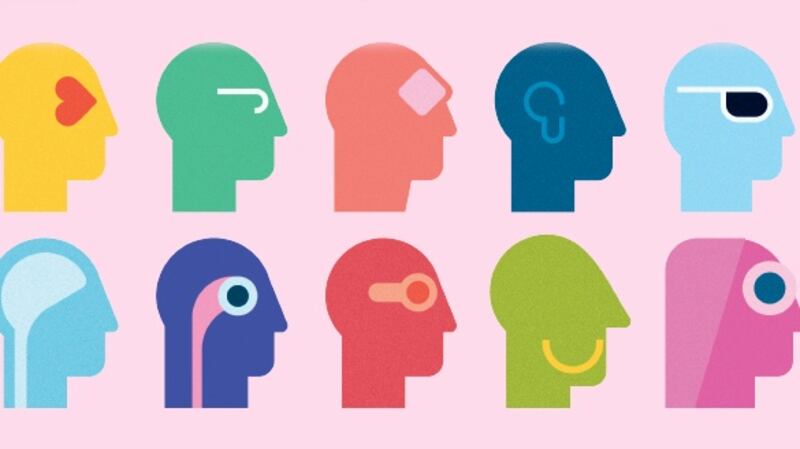Change management has been evolving for more than 20 years. Today, approaches to change management focus on supporting employees through the change journey, helping them to understand the purpose of the change and gaining their support so that they become advocates. Technology is playing a big part in understanding employees’ perceptions and feelings towards change. Niamh O’Beirne, partner and head of People Advisory Services at EY Ireland, explains how data is transformative, why effective change management must win the hearts and minds of the organisation, and how purpose can help in doing so.
“With Ireland nearing full employment – and a war for talent that shows no signs of abating – employee experience is becoming as big a board issue as customer experience. The lines between the two are blurring,” she says.
[To book tickets for Talent Summit 2019, visit talentsummit.ie]
Change management has taken major leaps in the last five years, becoming increasingly data-driven and purpose-led. EY recently carried out research with Harvard University, which led to the development of Change Insight, the change management app. The app captures data on employee sentiment, behaviours, involvement and readiness, enabling organisations to monitor and assess change engagement in near real time. “Sentiment and behaviour analysis helps us understand how employees are feeling about change. It helps us see how engaged, involved and ready they are. Because the analysis is done in real time, it enables management to quickly identify and react to any fluctuations. It helps you see if you are getting through to your audience. At a practical level, it might demonstrate that instead of doing team town halls, you might do small workshops. The beauty of the tool is that it’s customised, and specific to the organisation and project involved.”
O’Beirne says that an organisation’s workforce may resist change and prevent it from happening if they don’t understand it.

It is important, therefore, to help each employee understand and engage with a change initiative. Change Insights can be used through the mobile app or on desktop, from which data is fed through to a dashboard visible to management. In large organisations, where people work across buildings, sites and regions, the tool is useful in collating data, and identifying, for example, where one area is struggling with a strand of the change. This allows the organisation to take steps early to address issues before they become a major challenge. “For change programmes to truly succeed, they need to engage with the hearts and the minds of your employees,” O’Beirne says.
Purpose has emerged as an imperative for organisations of all sizes. Millennials and younger employees expect workplaces to stand for more than profit alone, which has led to the methodology of purpose-led transformation. “Purpose is the North Star that drives cultural transformation. Your purpose needs to work at both a team and individual level. It takes account of what motivates your people, why they chose your organisation, and how they contribute to the greater good of the business. Purpose is empowering and helps people feel like they can make businesses better; it is everyone’s reason for being there, not a mission statement. It’s a hot topic at the moment and is on most, if not all, CEOs’ agendas. When people are engaged, they work better. If you get the purpose statement right and your employees are behind it, it can be very powerful and motivating.”
Everyone at EY has the opportunity to build their skillsets for the future
Emerging technology is not only enhancing change management. EY has also invested in a tool called the Organisation Talent Hub, which helps businesses make better, data-driven decisions to enable operating model alignment, organisation design, transition planning, and talent planning. “The Hub gathers data from across your organisation and it guides decision making around things like restructuring, or resizing. It’s quick, easy and intuitive. Previously we would have done this type of thing on PowerPoint, paper and Excel or with charts on the wall with Post-it notes. This tool provides a much more detailed view of the whole organisation and carries out more sophisticated analyses than previously possible,” O’Beirne says. “This allows our clients to size and shape their organisation for the future.”
In addition, the firm has launched its own in-house goal-orientated programme focused on future skills. “EY Badges is part of our solution to managing the pace of technological change. It’s a programme designed to give all of our people the opportunity to upskill in future-focused areas, including AI, robotic process automation, digital and many others. The programme means that everyone at EY has the opportunity to build their skillsets for the future and to be fully equipped to support our clients across all current and future technologies.”

Employees now expect many types of technology to be made available to them in the workplace. “Technology is becoming more and more a part of everyday life, from smartphones to wearable tech. People now expect technology to make everything more convenient and so can become frustrated with a lack of technology in the workplace. People are eager to find more efficient ways of doing what they do. As we hire graduates, they are expecting the workplace to be digitally enabled and technology-focused, as that has been their experience in school or university previously,” says O’Beirne. “Combining purpose with the right technology is a very powerful way of setting up a transformation initiative for success.”











